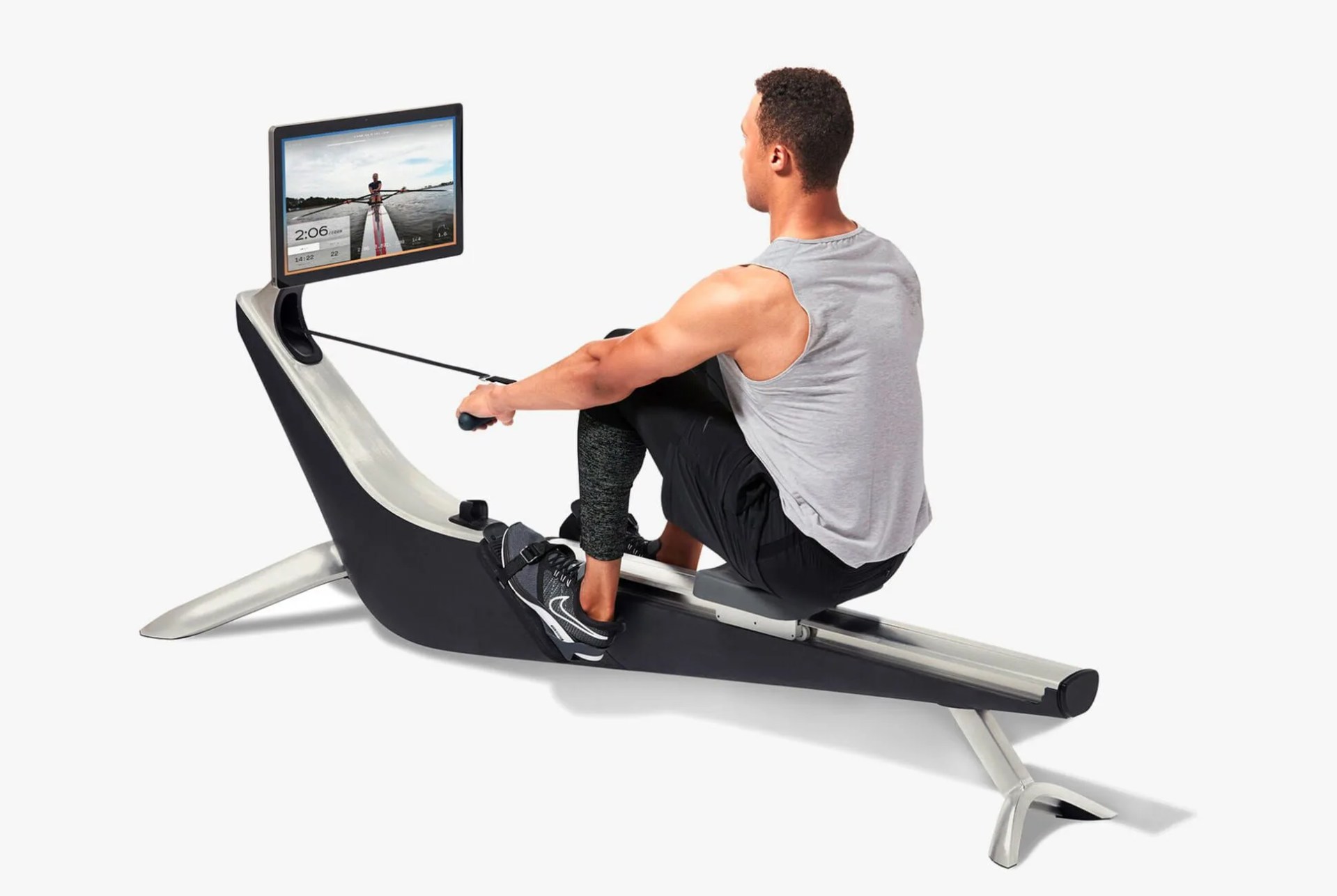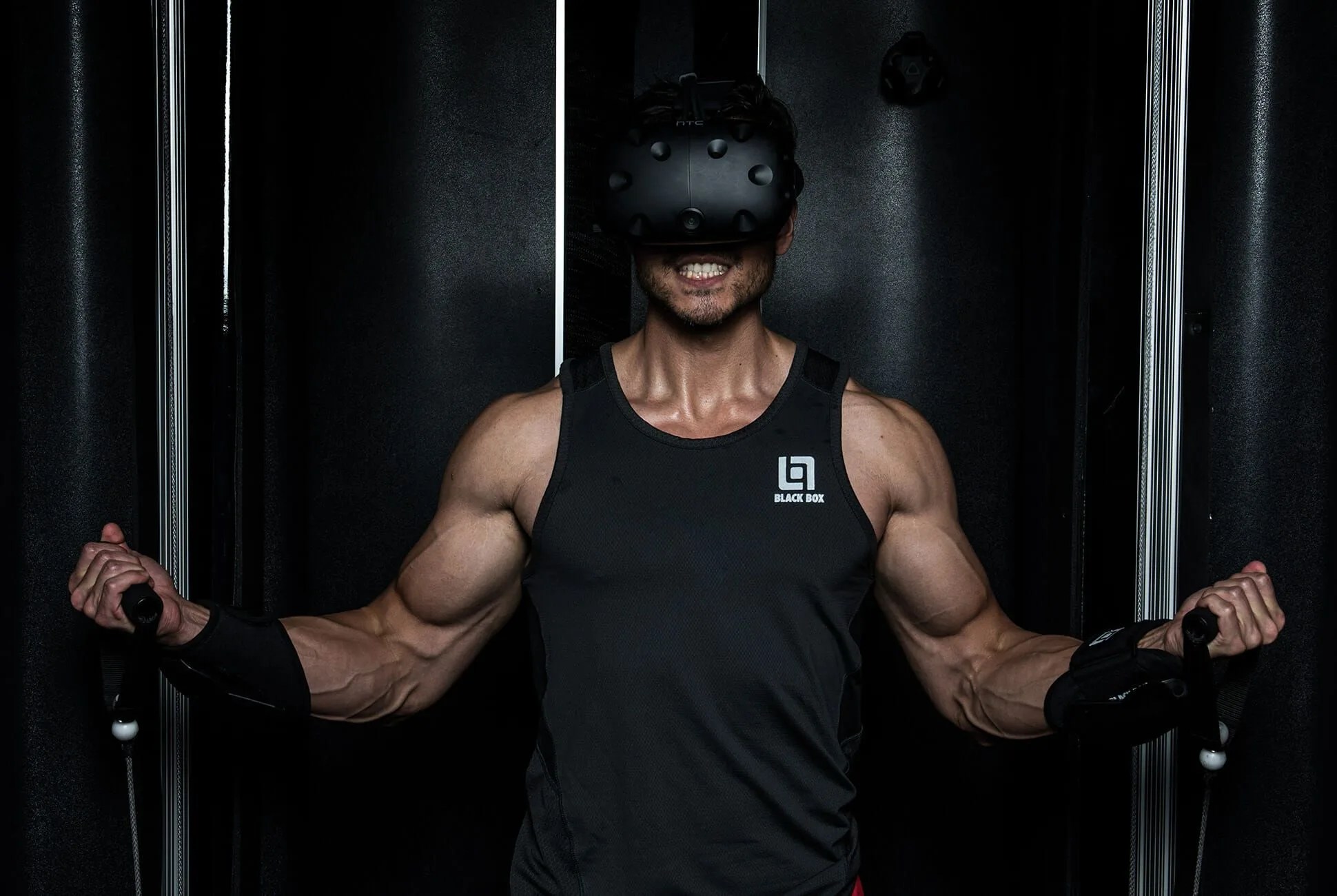Picture, if you can, standing in front of a body-length mirror in your living room, suited up in workout clothes, with a sweat towel and water bottle close at hand. At a pre-determined time, you switch on the mirror, and see a trainer standing there in front of you, as if she’s in your living room, too. She greets you, introduces herself, outlines the yoga class ahead and then launches into some warm-up poses. With its full-size LCD display and surround-sound speakers, the high-tech Mirror seems to have brought the group fitness experience home. But it’s only when she critiques your downward-facing dog form — a camera and microphone allow her to see and hear you, too — that it feels super authentic.
Welcome to the brave new world of virtual fitness, where you can tap into the energy and expertise of top-notch trainers without setting foot inside a gym and where, believe it or not, exercise is actually fun. One of the fastest growing segments of the booming fitness industry, it includes everything from slick smartphone apps with on-demand HIIT classes to boutique gyms where VR-equipped cable resistance warriors descend Matrix-style into a virtual world to fling fireballs at oncoming monsters. And, with thousands of gyms getting onboard and venture capital pouring into the companies producing it, it’s being hyped as the biggest fitness trend of 2018. Soon it will be so ubiquitous, they say, that no matter where you fall on the spectrum — from group class groupie to committed couch potato — you’re likely to be engaging in it within a couple of years.
Just as there are two ends of the fitness spectrum, there are two main approaches to virtual fitness that are likely to appeal to opposite ends of that spectrum. On the more traditional side — for those already committed to a fit lifestyle — gyms and equipment manufacturers are racing to make group fitness classes and personal trainers available to their clients anytime, anywhere via on-demand apps and remote classes filmed live inside the gym. On the sci-fi sounding side — for people who just can’t abide the self-torture of exercise — new companies are harnessing VR technology to, more or less, turn it into a game. Both approaches take advantage of the fact that 1) Americans are currently obsessed with fitness, 2) we’re not very good at it and, finally, 3) technology, our favorite salve, has advanced far enough that, we hope, we might just be able to cure our fatness for good.

Outside of the Box
There’s nothing new about taking group fitness home; in fact, it’s an idea that traces its roots back to those early 1980s fitness tapes featuring the likes of Jane Fonda and Kathy Smith. It makes sense, too, since there are plenty of reasons — busy schedules, tight budgets and social anxiety, among them — that people have trouble sticking to a strictly gym-based regimen. In recent years, most of the new developments in this space have been on YouTube or smartphone-based apps that compete with traditional gyms.
What’s changing now, though, is that the clubs themselves are getting in on the act, and in a big way. More than 12,000 fitness clubs globally offer their clients a virtual option — either an app with pre-recorded classes on-demand, live-streamed classes or a cinematic digital fitness studio where members can exercise together to pre-recorded classes — a number that represents 300 percent growth in the past few years and is expected to double again by 2020. And, contrary to what you’d think, these offerings actually bolster live class participation, according to new research by Les Mills. The New Zealand-based digital fitness juggernaut says that 75 percent of virtual fitness users also attend live classes, and clubs that run virtual workouts see a 12 percent average increase in live class attendance. Further research from Wexer found that 52 percent of virtual users visit the gym at least three times a week, and they tend to stay longer than other members.


